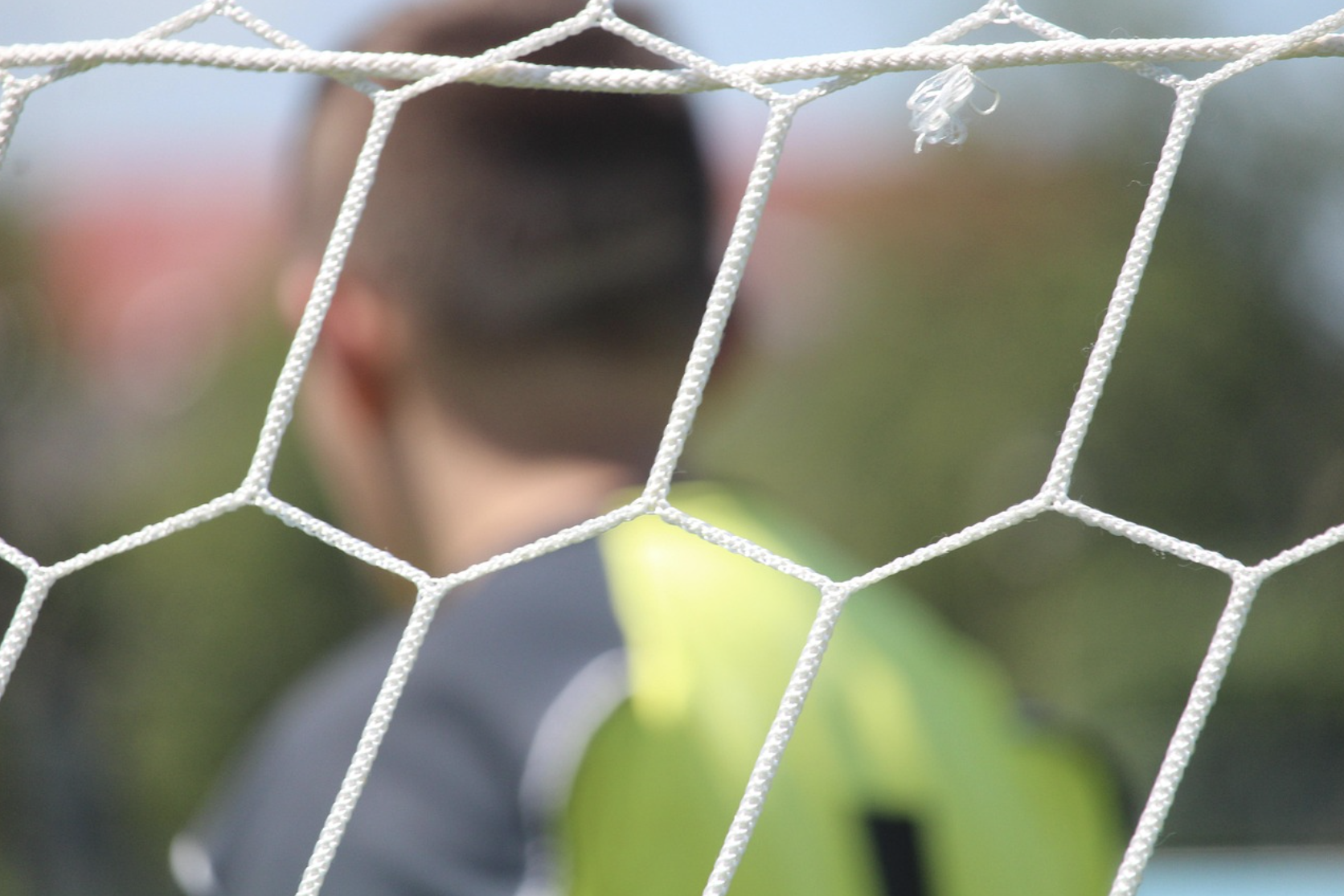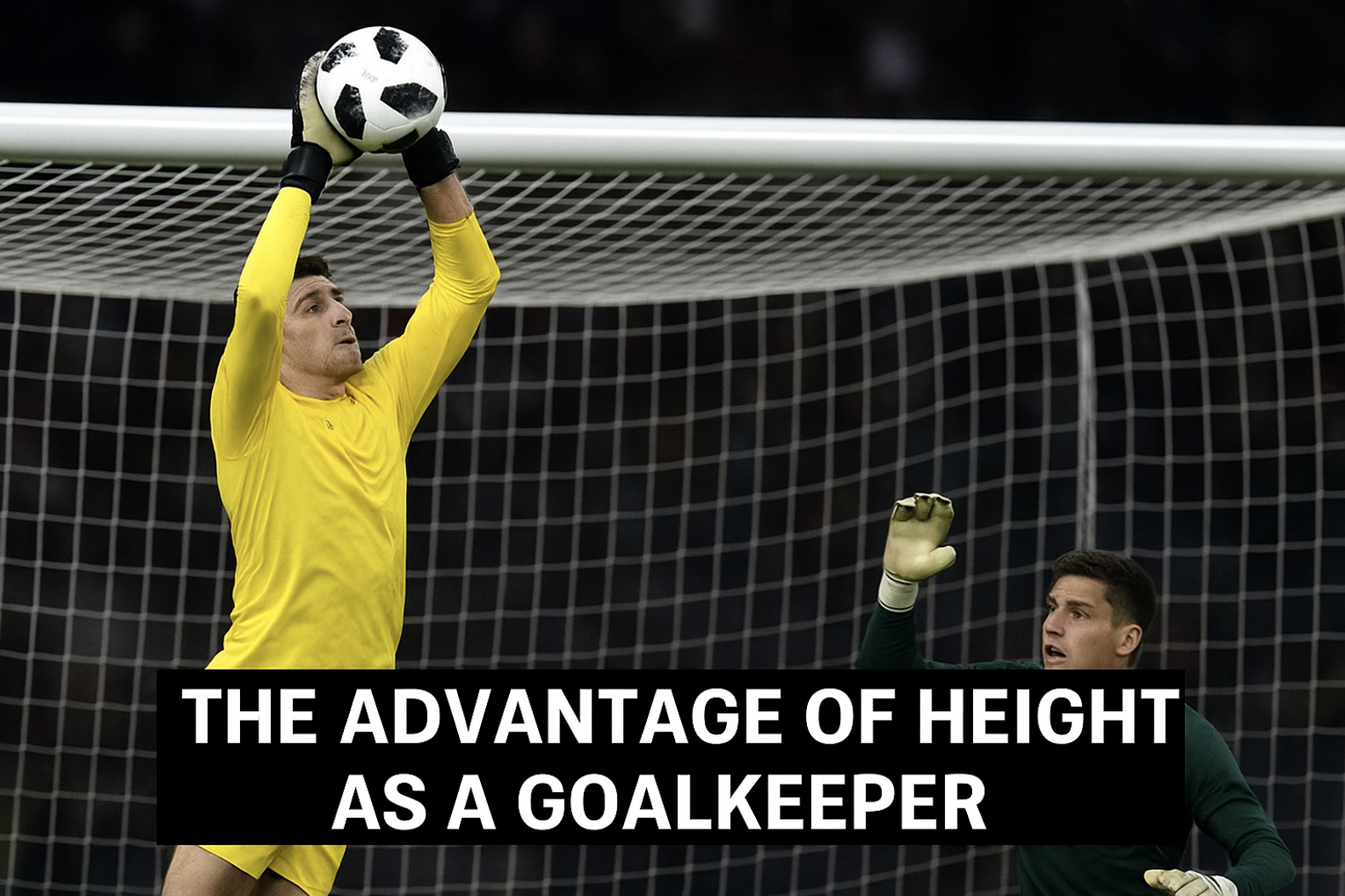Becoming a great goalkeeper is a journey that mixes natural instinct, coaching, mindset, and years of small habits. For parents and coaches, one of the hardest early decisions is determining whether a young goalkeeper truly has the potential worth investing real time, money, and structured training. Specialized goalkeeper coaching is not cheap, and the road is long. But recognizing genuine talent in the early years can save families unnecessary spending and open real opportunities later—scholarships, academy trials, paid coaching work, or even brand partnerships with companies like Pinco.
This article explores the clearest early indicators of goalkeeping talent and how those indicators connect to long-term financial benefits. Whether you're a parent trying to make smart decisions, a youth coach wanting to support development, or a young keeper wondering if you're on the right path, these signs help highlight when investment in training will genuinely pay off.
1. Natural Fearlessness: The Foundation of Elite Goalkeeping
Fearlessness is one trait you cannot teach easily. While diving at an attacker’s feet or throwing yourself into a crowded penalty area can be learned over time, true instinctive bravery stands out immediately in young keepers.
A child who:
dives without hesitation
attacks loose balls
doesn’t flinch during shots
stays aggressive in 1v1 situations
…is displaying one of the rarest goalkeeper qualities.
Why it matters financially:
A fearless kid accelerates through training milestones faster. That means fewer expensive basic sessions and a higher ceiling for future development. Investing in their training early is far more likely to produce long-term results, including opportunities such as academy placements or scholarship offers—saving families thousands down the road.
2. Sharp Hand–Eye Coordination and Ball Tracking
Some kids just “see” the ball better. It’s obvious in small details: they catch cleanly, react quickly, and position their hands naturally.
Signs of elite coordination include:
soft, controlled catches
fast reactions
accurate punching and parrying
ability to read the ball’s trajectory early
For a young keeper, strong natural coordination is a cheat code for training. Coaches can spend less time fixing fundamentals and more time building advanced technique.
Financial impact:
Parents get more return per coaching session. Progress becomes visible quickly, which is a strong indicator that money spent on goalkeeper development is being maximized.
3. Rapid Decision-Making Under Pressure
The best goalkeepers aren’t just athletic—they’re fast thinkers. Even at 8 or 10 years old, some kids show an unusual ability to choose correctly in chaotic moments.
You might notice:
rushing at the perfect moment
staying deep when needed
reading attackers’ intentions
distributing the ball strategically
This is goalkeeper IQ, and it’s hard to teach from scratch.
When a young keeper shows these instincts early, it suggests a high future ceiling. These players are often the ones who stand out to scouts and academy coaches—opening future opportunities for funded development or scholarships.
4. Naturally Vocal Leadership
A child shouting instructions to defenders, calling “keeper!” confidently, and taking charge of situations is showing leadership qualities far beyond their age.
Most youth players stay quiet.
Goalkeepers can’t afford to.
If your child is vocal naturally, it signals something special. Coaches love vocal keepers, and leadership becomes a major advantage as they progress through competitive levels.
Financial relevance:
Leadership makes them more appealing for elite teams, which often reduces training costs through better coaching environments and sometimes subsidized programs. It also boosts long-term opportunities, including coaching roles or paid training work when they’re older.
5. Emotional Resilience: The Make-or-Break Trait
Young keepers who bounce back quickly after conceding a goal show elite-level mentality.
Resilient kids:
avoid blaming others
reset immediately
stay confident after mistakes
maintain focus through pressure
This trait is priceless. Without emotional resilience, talent can crumble under stress—making early investment less valuable. But with it, money spent on training becomes long-term growth, not short-term frustration.
6. Obsession: The Strongest Predictor of Future Success
If a young goalkeeper:
watches goalkeeper videos
wants extra training
practices dives in the backyard
imitates pro keepers
carries their gloves everywhere
…this is a huge sign.
Talent matters, but obsession creates champions.
You can invest money into training, but you cannot force a child to love the game. A keeper who genuinely wants to improve will make the most of every coaching session and grow without constant pressure. This intrinsic motivation also attracts attention from coaches and programs, sometimes even earning sponsorship from youth-friendly companies like Pinco.
7. Physical Attributes That Enhance Goalkeeping
You don’t need to be tall to start as a youth goalkeeper, but certain physical traits give natural advantages:
long arms
strong leg spring
unusual flexibility
good balance
fast reflexes
These traits amplify training. If you spot them early, structured coaching becomes significantly more valuable, because the player already has a natural foundation that multiplies growth.
Why Investing Early Can Pay Off Financially
If a child shows three or more of the traits above, early goalkeeper training becomes a smart financial decision rather than a gamble.
Clear financial benefits include:
scholarship potential for academies, high schools, or universities
increased chances of making elite teams that offer subsidized training
better coaching earlier, reducing wasted spending later
opportunities for earning income as a teen, such as helping at camps or running small training sessions
social media opportunities, where many young keepers now build followings and earn income through content, sponsorships, or affiliate deals (sometimes even collaborating with companies similar to Pinco
Goalkeeper training becomes an investment, not just an expense.
Conclusion
Spotting natural goalkeeper talent early helps parents and coaches avoid unnecessary costs, focus training at the right time, and give young players a meaningful advantage. Fearlessness, coordination, fast decision-making, leadership, resilience, and a natural love for the position are the biggest indicators that training will produce real rewards—both on the field and financially.
When these signs appear together, the path ahead becomes clearer: structured training is not only worthwhile, it can become the gateway to future opportunities, stability, and success in the world of soccer.

